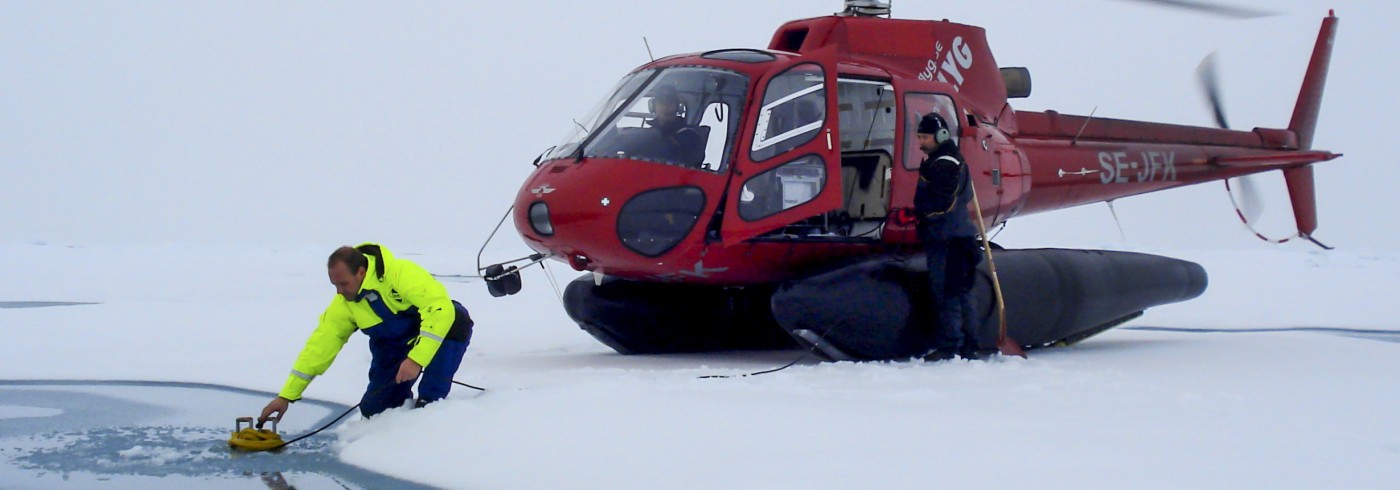Zooplankton dynamics in Arctic Ocean ecology
31 July 2009 - 10 September 2009
Hydrobios MultiNet hanging from the A-frame at the aft-deck. The MultiNet is used for sampling mesozooplankton from five different depth intervals in the water column. Photo: Daniella Gredin.
Plankton are organisms defined as passive drifters of the sea. Through the process of photosynthesis phytoplankton convert solar energy, carbon dioxide, water and nutrients into organic compounds. Zooplankton, which constitute the next trophic level, modify the prey community through grazing and predation, and affect the benthic-pelagic coupling through sedimentation of organic aggregates. To understand how organic material and nutrients are channelled through the food web, it is important to quantify these rates.
The central Arctic Ocean is characterized by the most extreme seasonal light regimes of all marine ecosystems. In addition, the permanent sea ice cover impedes insolation. Both factors severely limit primary production and thus the food supply to higher trophic levels. The relative importance of the different components of the Arctic zooplankton community for grazing, predation and sedimentation has not yet been thoroughly investigated. Data on how these trophic interactions respond to environmental change is also required to improve our understanding of present and future structures of Arctic pelagic ecosystems.
The overall objective was to investigate zooplankton dynamics, invertebrate grazing and predation, and their role in the vertical flux. We focused on four dominant copepods: Calanus hyperboreus, C. glacialis, Metridia longa and Pareuchaeta spp. Several methods to quantify grazing and predation were used (gut fluorescence, gut content analyses and faecal pellet production) and trophic interactions were identified through fatty acid and isotopic profiling. The vertical distribution of zooplankton was investigated by multiple opening-closing net hauls from Oden (picture) and ice-borne stations reached by helicopter. In total 29 stations were sampled in the Nansen, Amundsen and the Makarov Basins crossing the Gakkel and Lomonosov Ridges. Planktons for experiments and biochemical analyses were collected from the upper 100 m and processed in the main lab on Oden.

